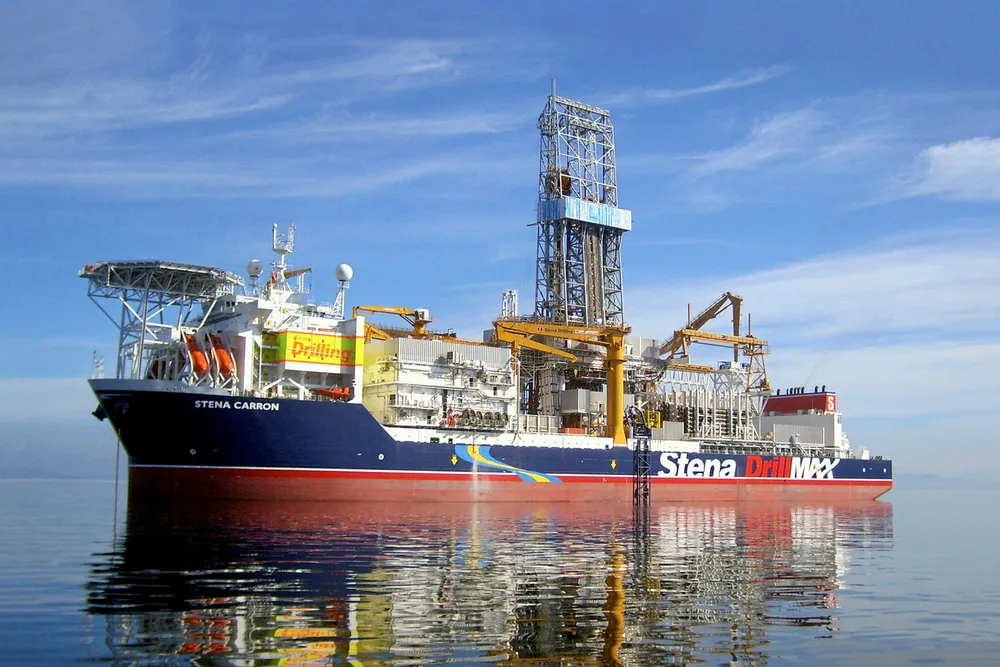Persistence pays off for ExxonMobil in Guyana
Country in global spotlight as series of high-profile discoveries highlight potential

The exploration story that resulted in Guyana’s arrival as an oil-producing province is one of persistence, and ExxonMobil will need more of that spirit now if it is to push ahead with new exploration plans in the face of global recession and another oil price collapse.
The tale stretches back more than a century. Standard Oil first started studying the Guyana-Suriname basin in the early 1900s and drilled a first onshore well in Suriname in 1929.
A decade of early basin exploration ended when famed US geologist Walter Link gave the area the thumbs down, and it was not until the 1970s that Standard Oil progeny Esso came back to the region, drilling three wells but failing to find oil.
A new Exxon exploration team began working on eastern Venezuelan analogies in the 1990s, using heat-flow clues to track down a mature source rock.
A production-sharing agreement was signed for Guyana’s Stabroek block in June 1999, but the 26,800-square kilometre permit extended into disputed waters, both east into Suriname and west into Venezuela, and problems were in store.
Force majeure
In 2000, Surinamese naval action forced the withdrawal of a drillship working for Canadian junior CGX, and the incident led ExxonMobil to suspend plans on its own block.
A United Nations arbitration process upheld Guyana’s claims, in 2007, and ExxonMobil was able to lift force majeure one year later.
ExxonMobil acquired new seismic. However, plans took another knock in 2014 when Anglo-Dutch supermajor Shell, stung by an expensive sequence of dry wells in French Guiana, decided to withdraw from the block.
Undeterred by falling oil prices, ExxonMobil pressed ahead, persuading Hess Corporation and the former Nexen to take stakes of 30% and 25%, respectively.
The Liza-1 wildcat was finally drilled in the second quarter of 2015, finding 90 metres of high-quality oil-bearing sandstone at a depth of 5433 metres in an Upper Cretaceous fan.
This “world-class discovery” spurred ExxonMobil to drill Skipjack, an independent prospect that would have been Shell’s preferred choice for a wildcat, but the well was dry.
With the drillship Stena Carron on long-term charter, ExxonMobil drilled Liza-2, encountering another 58 metres of high-quality pay some 3.3 kilometres from the discovery well.
The supermajor next acquired simultaneous long offset seismic over 10,500 square kilometres and went on to achieve a tally of 14 discoveries out of 16 wells, finding 8 billion barrels worth of recoverable oil equivalent.
Most of the wells entered high-quality oil-bearing sandstone reservoirs after a drilling journey of around 5000 metres.
Additional discoveries included Payara and Turbot, the latter followed up by Longtail, with 78 metres of high-quality pay, Tilapia with another 93 metres of pay, plus Tripletail and Yellowtail.
ExxonMobil has also been acquiring baseline 4D seismic in the Turbot area.
“We expect this area to progress to a major development hub,” says ExxonMobil Exploration Company president Steve Greenlee of the Turbot cluster.
Crude was found to be significantly heavier on the Hammerhead discovery 21 kilometres south-west of Liza, but was said to be abundant and mobile enough to make this a target for fast-track development.
This quality issue was not revealed at first and Hammerhead encouraged Tullow Oil to press ahead with plans to drill the Jethro and Joe prospects in Tertiary-aged horizons on the neighbouring Orinduik block.
Jethro’s crude turned out to be much heavier than expected, leading to write-offs and postponement of plans to drill elsewhere on the block.
Junior partner Eco Atlantic remains keen for Tullow to take a bite at others among the 22 prospects identified on the block, including in the Upper Cretaceous Amaila-Kumaka and Iatuk-D targets, as well as the stacked prospect known as Aurituk.
France’s Total is another believer, having farmed in to Orinduik and also the Kanuku block, where Repsol found light oil in a window which turned out to be narrower than expected.
Material discovery
Total also farmed in to Suriname’s Block 58, where Apache announced a “material discovery” in January with the Maka Central-1 wildcat.
ExxonMobil’s own discoveries closer to the maritime border with Suriname include the gas and condensate-bearing Haimara and Pluma, about 27 kilometres from Turbot and Ranger-1.
A high-quality, oil-bearing carbonate reservoir to the north-west of Liza, in deeper waters and under 6000 metres of seabed, is described by Greenlee as “a new play concept”.
ExxonMobil’s estimate of recoverable hydrocarbons on the block do not yet take account of more recent discoveries such as Uara, 16 kilometres north-east of the Liza field, or untested opportunities in the enticing western sector, where tensions with Venezuela have deterred drilling.
Venezuela lays claim to vast swathes of Guyana’s territory and the smaller nation has filed for an International Court of Justice (ICJ) ruling on the matter, based on the 1966 Geneva Agreement.
ICJ ruling
The ICJ was due to begin jurisdictional hearings this week, but the process was postponed due to the novel coronavirus outbreak.
“Venezuela asserts that the ICJ has no jurisdiction on the matter... we would expect a ruling in a time frame of between two to four years, even if they do not contest the case,” Guyana’s Foreign Secretary Carl Greenidge told Upstream recently, expressing confidence that the merits of the case will go Guyana’s way.
(Copyright)